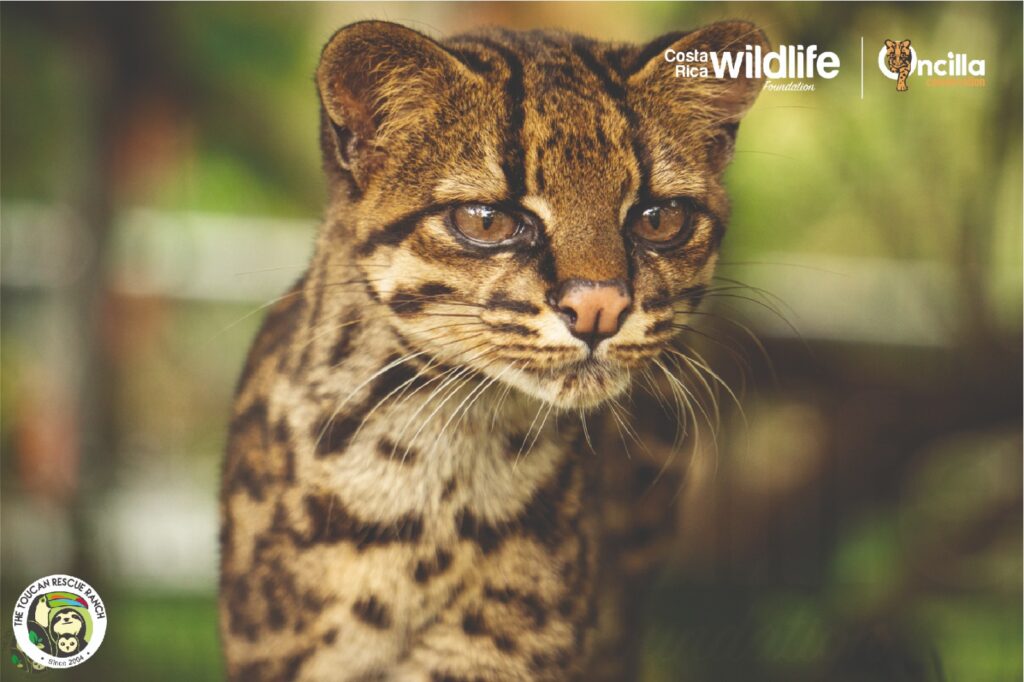
Almost everyone has heard of the famous jaguar (Panthera onca) that resides in the vast jungles of Central and South America, but have you ever heard of the oncilla (Leopardus tigrinus)? In Costa Rica, there are six different types of wild cat that are spread throughout the country, with a large range of size and habitat niches. The biggest is the well-known jaguar, which can get up to 100 kg (~200 lbs), while the smallest is the wildly understudied oncilla, which is as small as a house cat (roughly 1.5-3 kg; 2-6 lbs). The oncilla is a particularly special specimen of wild cat that has gone unnoticed by researchers and the conservation world in general. This is unfortunate, considering that it is the most endangered wild cat species in all of Mesoamerica. Partially, this is due to the difficulty in finding individuals to study, as their small size makes them hard to find in the wild. But also, the oncilla being understudied is caused by simply not knowing where to find them.
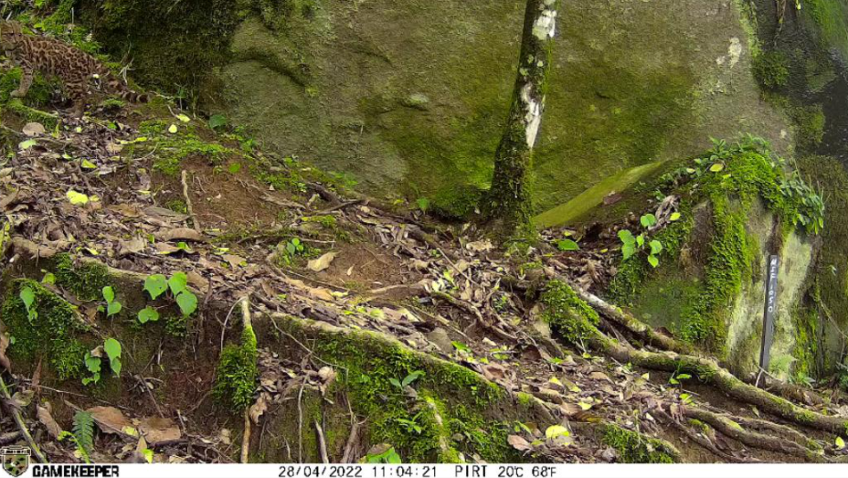
Luckily for the oncillas that are living in Costa Rica, there’s been steps taken in order to learn more about this species as well as protect their populations as much as possible. In 2019, the program Oncilla Conservation from the Costa Rica Wildlife Foundation was founded with the sole purpose of trying to provide information on how to maintain stability for this species as well as other small wild cats through means of: discovering where the communities of oncillas are mainly residing; what they’re relying on for a food source; what threats do they face and how to mitigate them. One of the most powerful tools Oncilla Conservation has used is connecting directly with local communities in order to teach about the impacts of habitat loss and how to best live in coexistence with these small cats. But of course there are also more scientific methods being used like camera trapping and examining specimens in and out of the field.
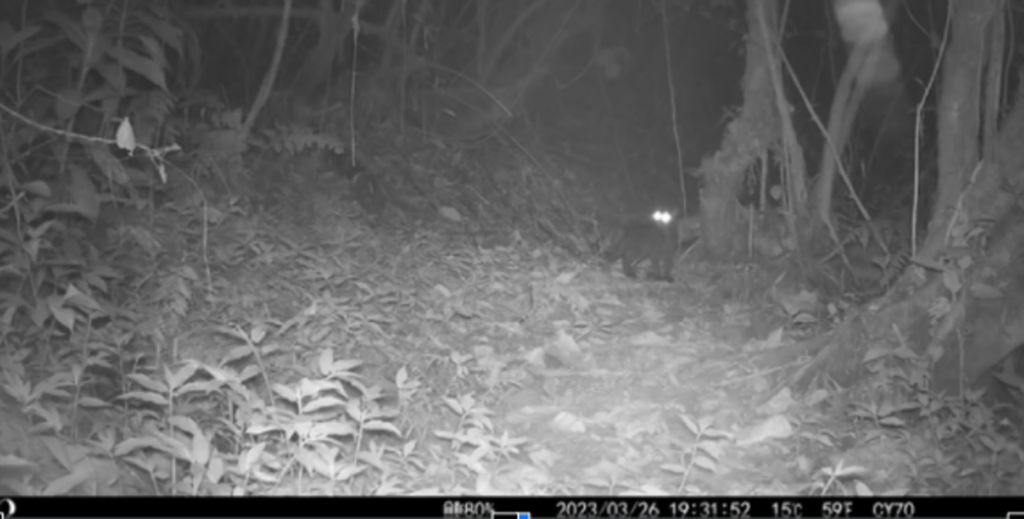
Oncilla Conservation has been able to discover a wide variety of information about the oncillas, which greatly aids the success in teaching about and finding their communities. Here at Cloudbridge, we may have a resident oncilla of our own as there have been multiple occurrences of seeing a melanistic oncilla on our camera traps over an extended period of time (pictured above). It’s difficult to say for certain if it’s the same individual, since the melanism causes the rosettes (spots) to be almost invisible, and these are what’s used to identify one individual from the next. Because of our known population of at least 1 oncilla, we’ve partnered with Oncilla Conservation in such a way that a few of their primary researchers come to the reserve periodically and conduct studies to try and further understand what we can do to support them.
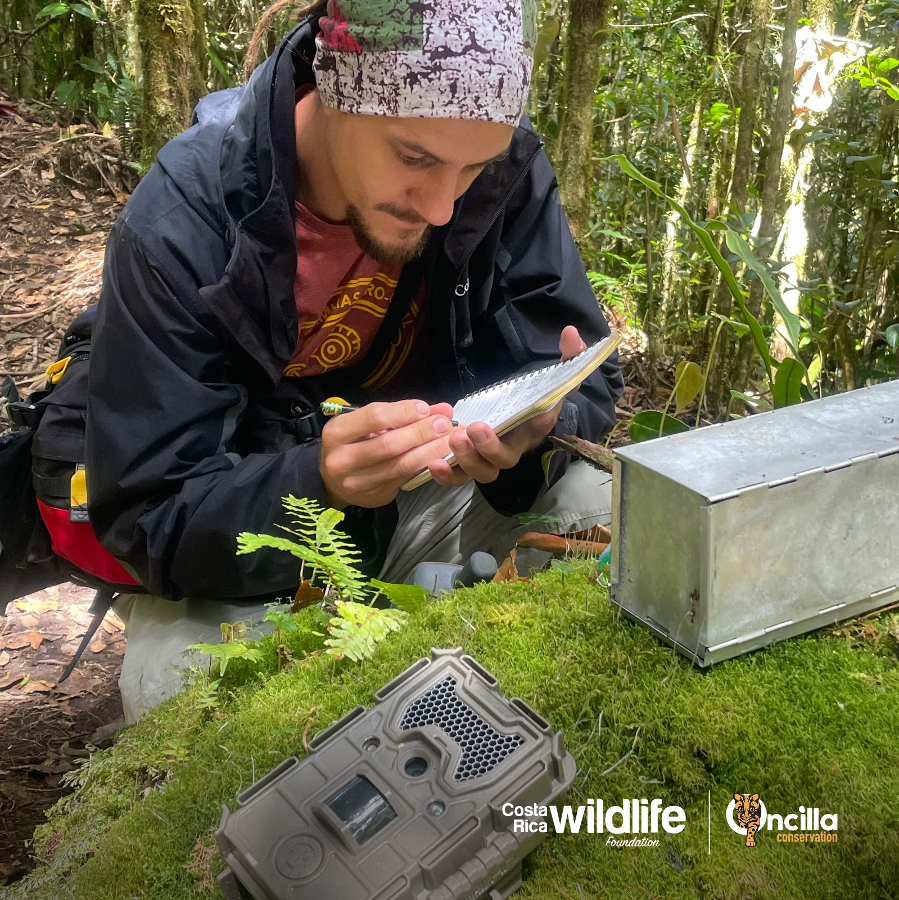
Perhaps to no surprise, one of the main food sources for the oncilla is small rodents – of which live abundantly at Cloudbridge. When they come to conduct their research, Oncilla Conservation uses these rodents as a method to narrow down how small wild cats are distributed within our elevation range (from 1550m-2400m). By studying the rodents, they’re able to find out what species of rodents they are, as well as their abundance and distribution throughout the reserve. Having that data makes it just a little easier to then make an educated guess as to where they may find the oncillas, which is done by deploying camera traps in the field with the hopes that it will catch a specimen walking by. At Cloudbridge there are three more small cats in addition to the oncilla, called the margay, jaguarundi, and ocelot, who could share similar food sources and can actually be in competition with each other. All of that to say, studying the oncilla does more than just study the oncilla: it creates a narrative for all the small cats throughout the reserve, and throughout the country, in order to increase our understanding about their behavior and knowledge of how we as humans can best support them. To read deeper into how Oncilla Conservation conducts this research, you can read their short communication here.
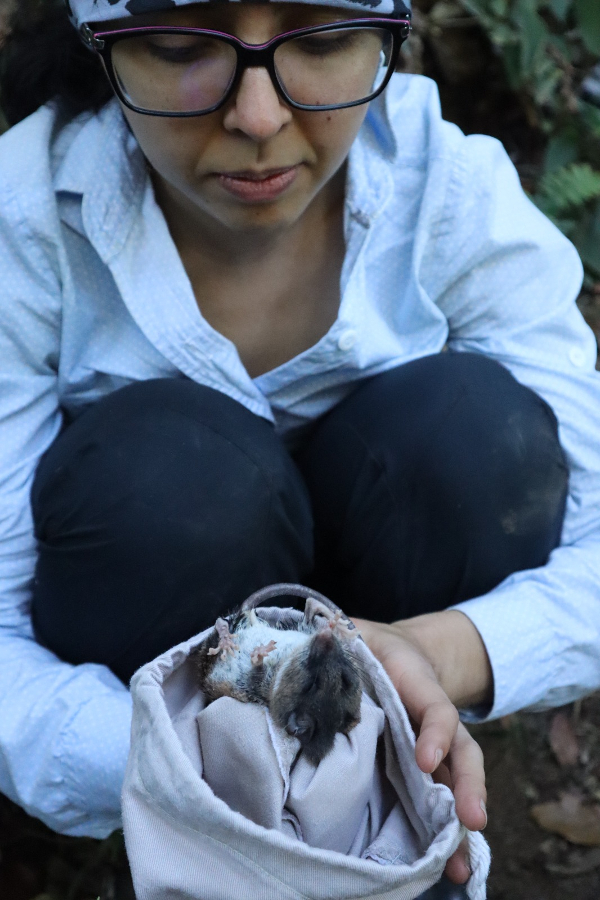
Additional Reading:
- Our current Operational Manager Max King and his research partners Ben Luke and Ian Thompson, in addition to Stephanny Arroyo-Arce from Panthera Conservation recently had a paper published about the effects of DSLR camera equipment used in Tortuguero National Park, Costa Rica. In terms of a different form of camera trapping, this is an interesting case study to see the pros and cons of this approach.
- It’s unfortunately not an uncommon phenomenon that wild cats all over the world are threatened with being endangered or extinction. While oncillas are the most endangered cat throughout all of the Americas, the Iberian Lynx is the most endangered cat globally. With the help of conservation and tactics such as camera trapping and radio collars, they’ve been supported in an increase in their population numbers.
- Did you know pumas are not actually considered a true big cat like jaguars and tigers? They’re more closely related to the domestic cat sitting on your lap. You can find some light reading on the link between big cats and domestic cats here, or you can read about the more specific taxonomy break-down of who’s a big cat and who isn’t here.
